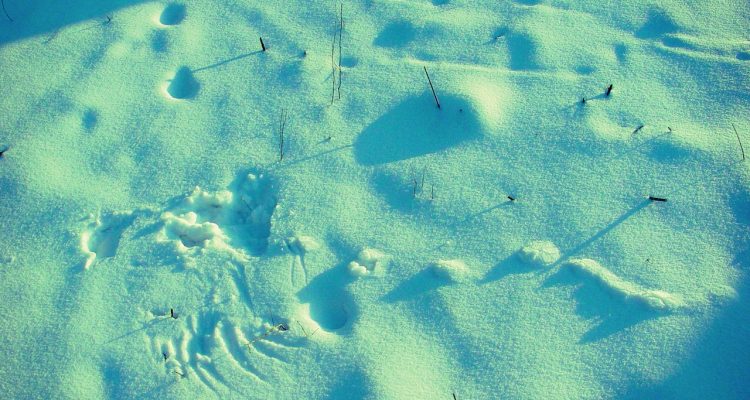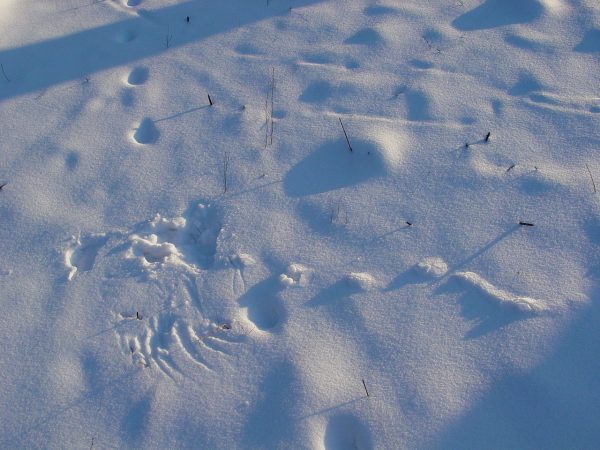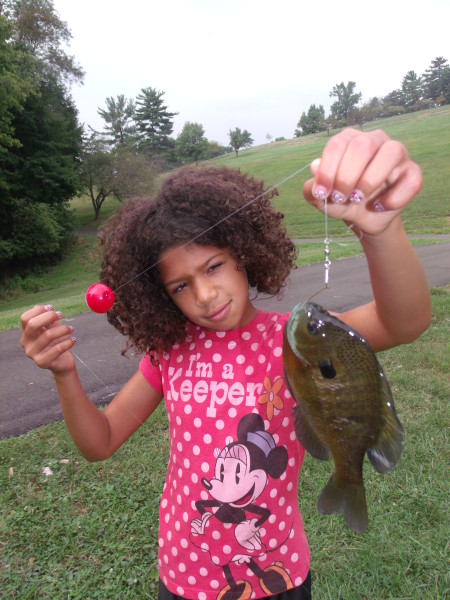Photographs and Story By Alice Eastman
Weelunk Contributor
Climbing trees, making mud pies, rolling over logs, catching crayfish, building snowmen, collecting pinecones, and doing nothing. Most adults over 30 have memories of these activities filling childhood’s days. We would spend our time climbing, digging, collecting, building, and exploring the natural world at our own pace, however and whenever we wanted. Yet today, in this era of overscheduling and stranger-danger, we are unfortunately raising children that don’t know how to go outside and do nothing.
Next year will be the 10th anniversary of Richard Louv’s Last Child in the Woods: Saving our Children from Nature Deficit Disorder. In his book, he states that children today overwhelmingly prefer indoor to outdoor play. When asked, one fourth grader was quoted as saying, “I like to play indoors better ‘cause that’s where all the electrical outlets are.” He theorizes that children’s disconnect from nature is evident in the increase in childhood obesity, attention deficit disorder, and depression.
Our children are stimulated not by finding a monarch chrysalis but by manipulating a game controller. A relatively recent Kaiser Family Foundation study found that the average American child spends 44 hours per week (a frightening 6 ¼ hours a day!) in front of an electronic screen, be it computer or television. Much of that screen time is “mandated” through the education system’s standards. I’m all for technology; it has a time and place. be it in the classroom or otherwise, but technology should not take the place of getting immersed in a thing. That’s a story for a different time. Regardless, studies have linked excessive television viewing to obesity, violence, and lower intelligence in children. A growing wave of research indicates that children who spend time outdoors are healthier overall than their indoor counterparts.
Research has also shown children who regularly spend unstructured time outside play more creatively, have lower stress levels, have more active imaginations, are more adept at problem solving, become fitter and leaner, develop stronger immune systems, experience fewer symptoms of ADD and ADHD, and have greater respect for themselves, for others, and for the environment. I’m all for organized sports and being outdoors, but there’s nothing like a little time being bored and figuring out what to do with yourself — a stick, a pile of dirt, and the garden hose.
That’s where your local parks, especially the natural areas, come in. Bring your children to the woods and look under logs for insects or salamanders. Take your kids fishing. Build a dam in the creek (maybe wait for June for that). Watch migrating ducks land at a local pond. Feed the birds in your backyard. Launch a canoe. If you’d prefer a guide on your explorations, register for one of the many programs offered by Oglebay Institute’s Schrader Center.
The importance of outdoor play is surprising. It not only creates family memories, but it also increases the brain’s ability to retain those memories. “But it’s so c-c-cold outside.” Bunk. Bundle up and get outside! Not sure what to do? Try a few of these wintertime suggestions:
Take a walk around your neighborhood, but look at it from an alternate point of view:
- Use a Sky’s Eye: Take a small mirror outside, hold it about waist level pointing up. Carefully walk forward, looking into the mirror and at the underside of things like trees and clouds.
- Rainbow Chips: Head to the hardware store and collect some of those paint color samples. See how many colors you can find in nature (not on your neighbor’s house or passing cars!).
- Lie Spy: Rather than play I Spy, make up a silly story about your object and then have players guess what it is.
- Snow Stories: Look for animal track in the snow and make up a story about what the animals were doing when they visited.
- As you’re walking, collect a few cool natural items and make some ice art when you get home. You’ll need:
- Shallow containers
- Wool or string
- Objects collected from the woodland floor
- A kettle or pot
- Very cold weather or a freezer
- Ask an adult to boil a kettle of water and leave it to cool. Boil it for a second time and then leave it to cool again. This removes the air bubbles from the water and gives clear transparent ice rather than cloudy ice.
- Place the containers side by side. Lay the wool or string across them so that it lies flat on the bottom with a short length in between to connect them.
- Place the objects you’ve collected on top of the wool or string.
- Carefully pour the cold water into the containers. Your objects will move a little.
- If the weather is really cold, or you are expecting a heavy frost overnight, place the containers outside to freeze. Alternatively place flat in the freezer, arranging the objects one last time before you leave them to freeze.
- Once they are frozen, rest the containers in cold water for a short while to help remove the ice and then hang outside.
Try to spend an hour a day outside with your children getting back to climbing trees, examining the snow up close, looking under rocks, and making mudpies. Even in your own backyard! Chances are, you’ll have a happier, healthier family, create and bring back some fond memories, and spend wonderful quality time with your kids doing nothing.






